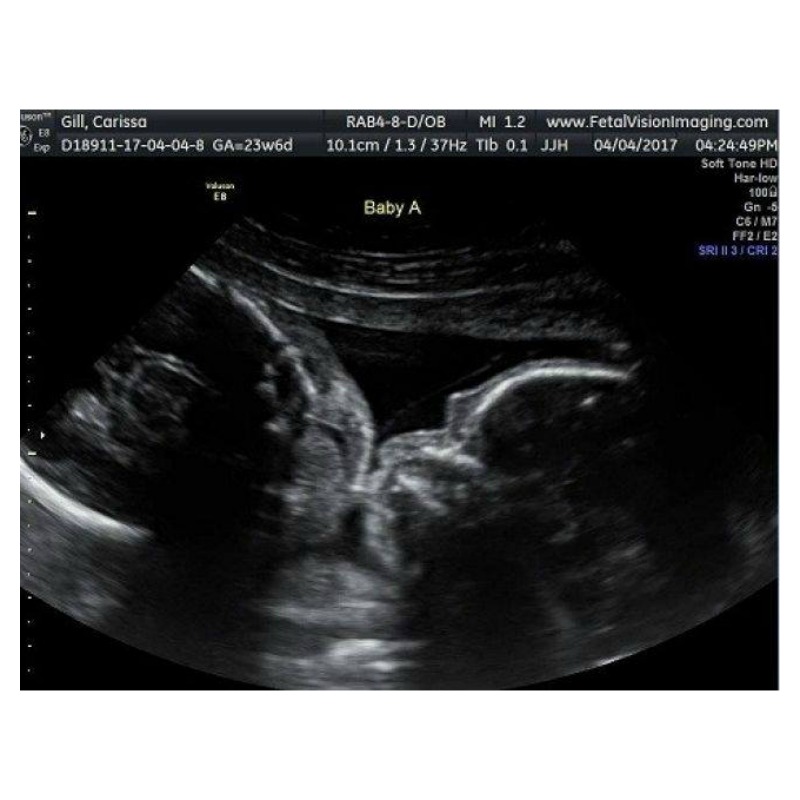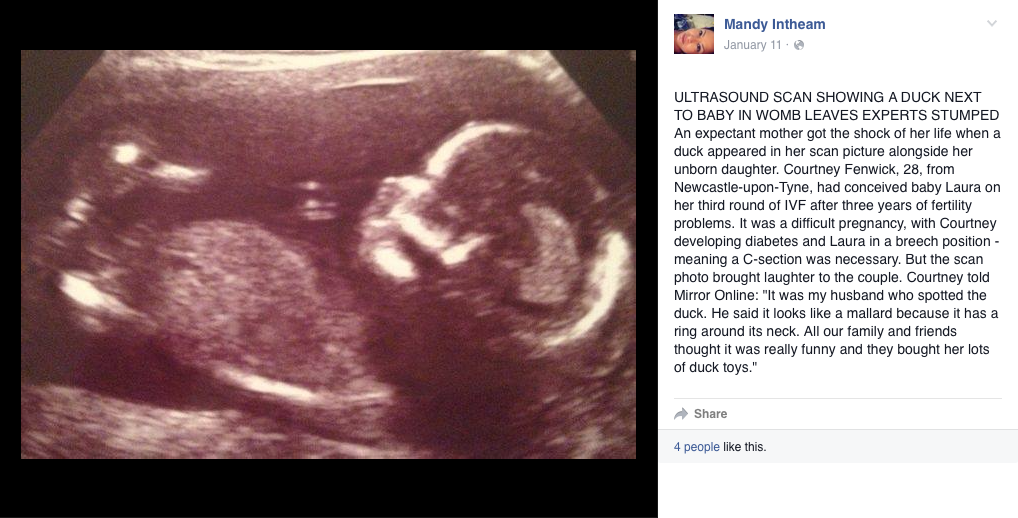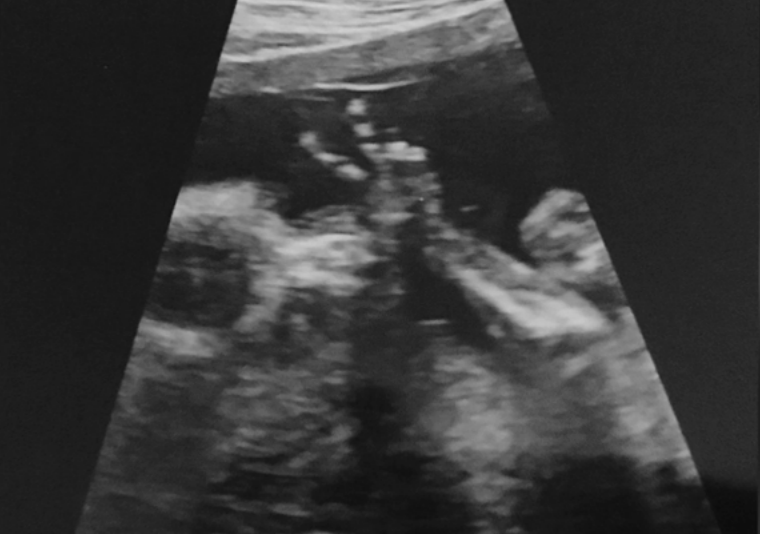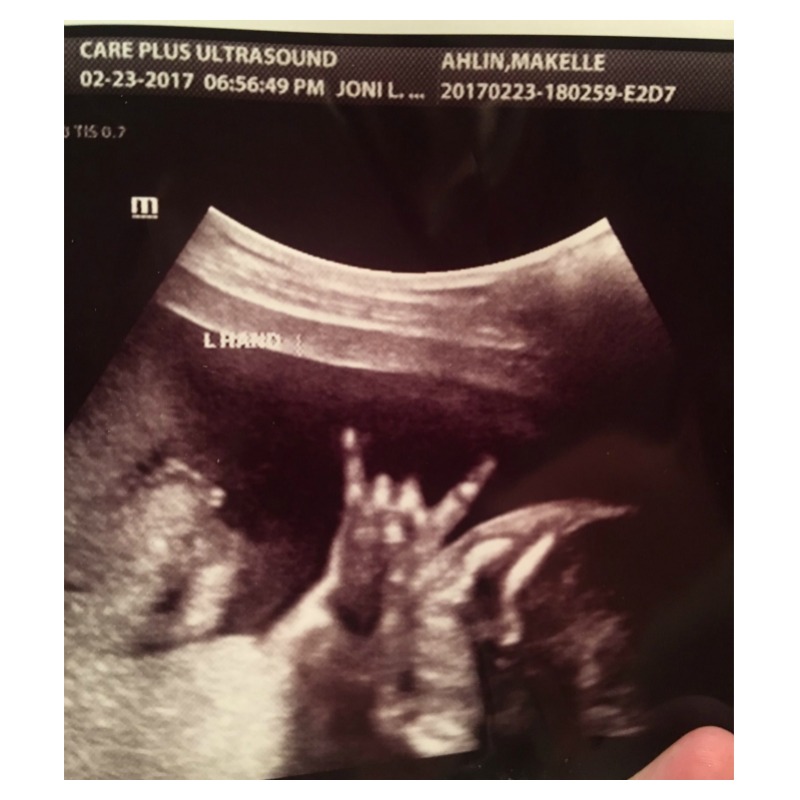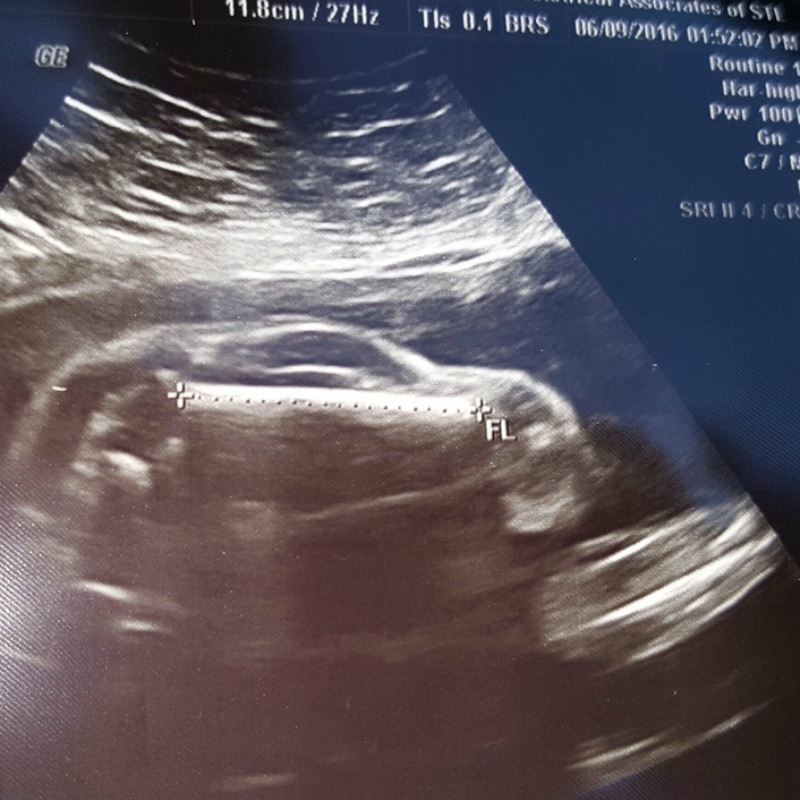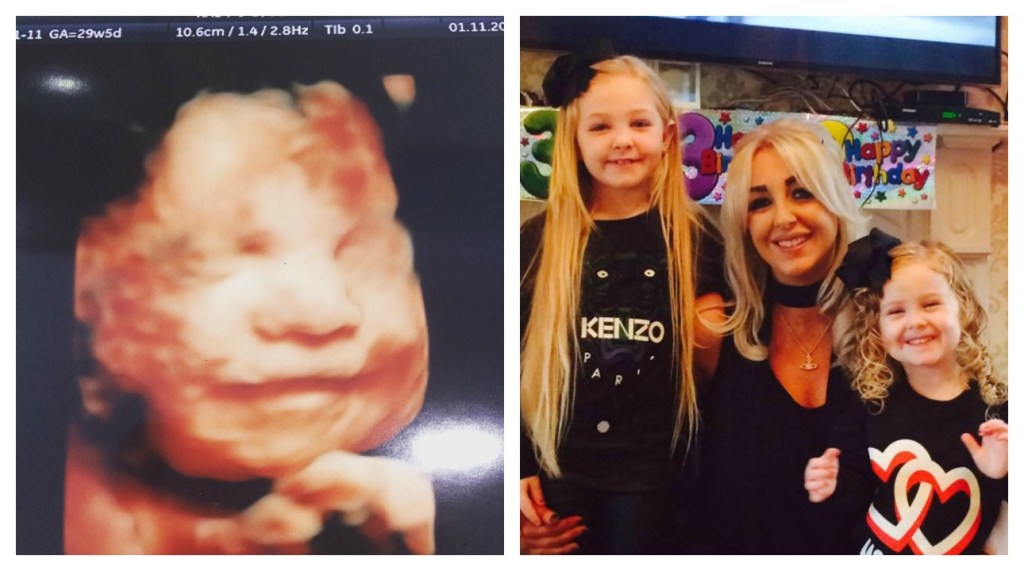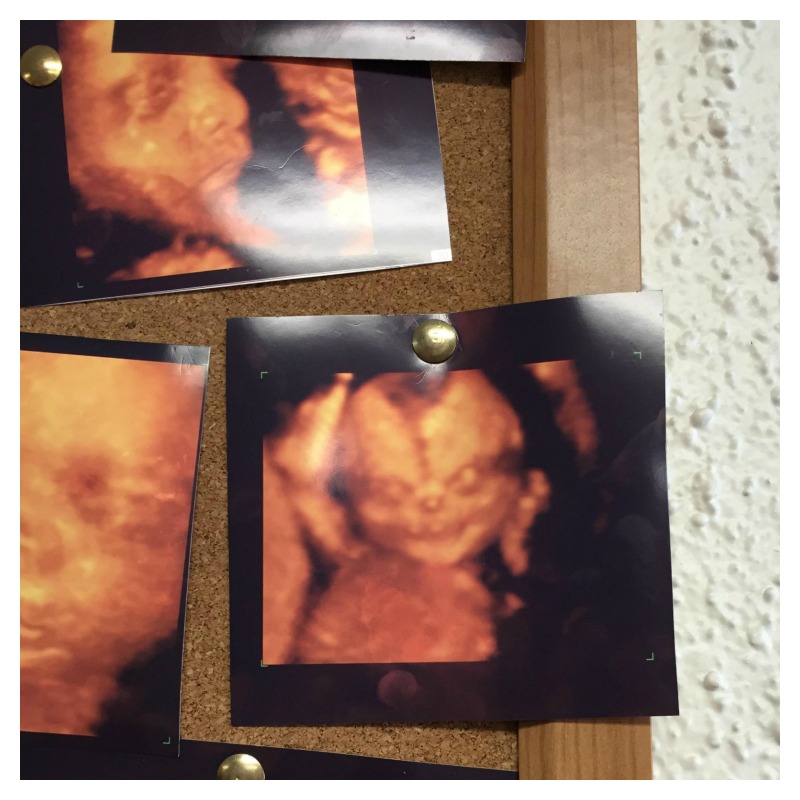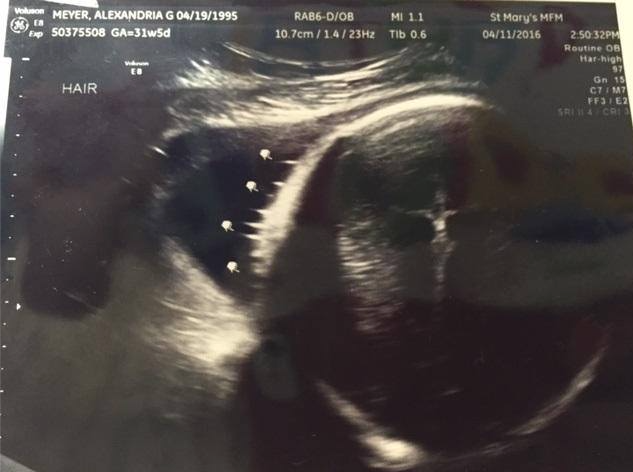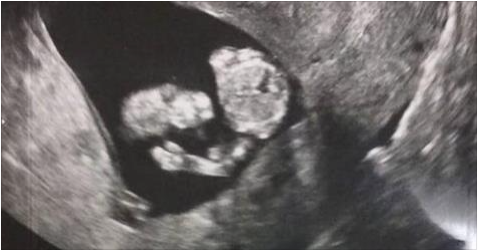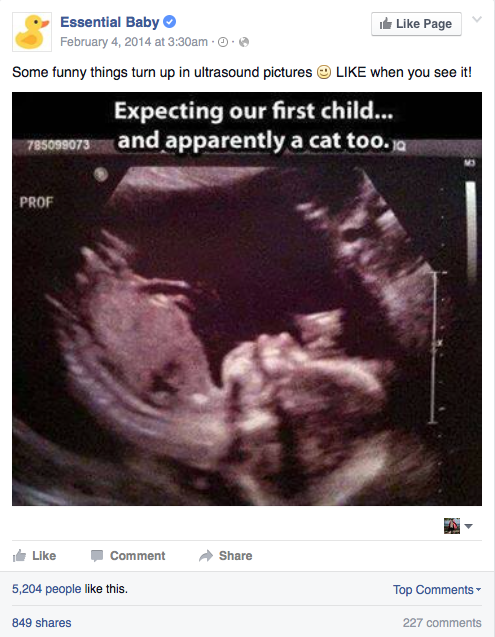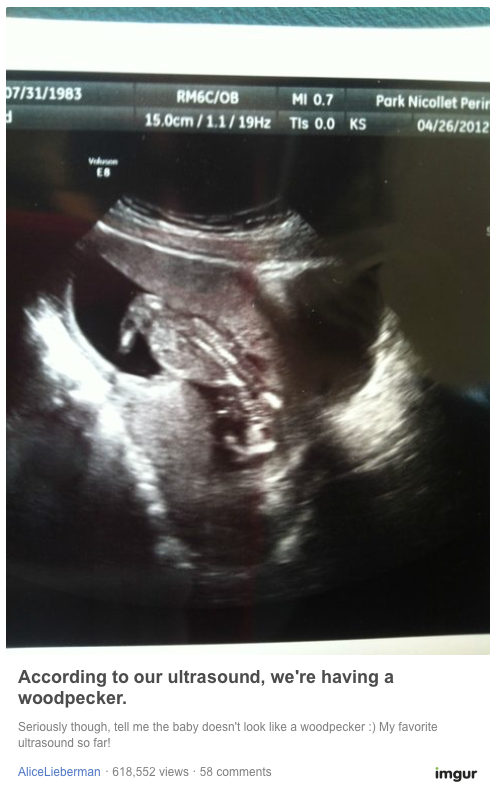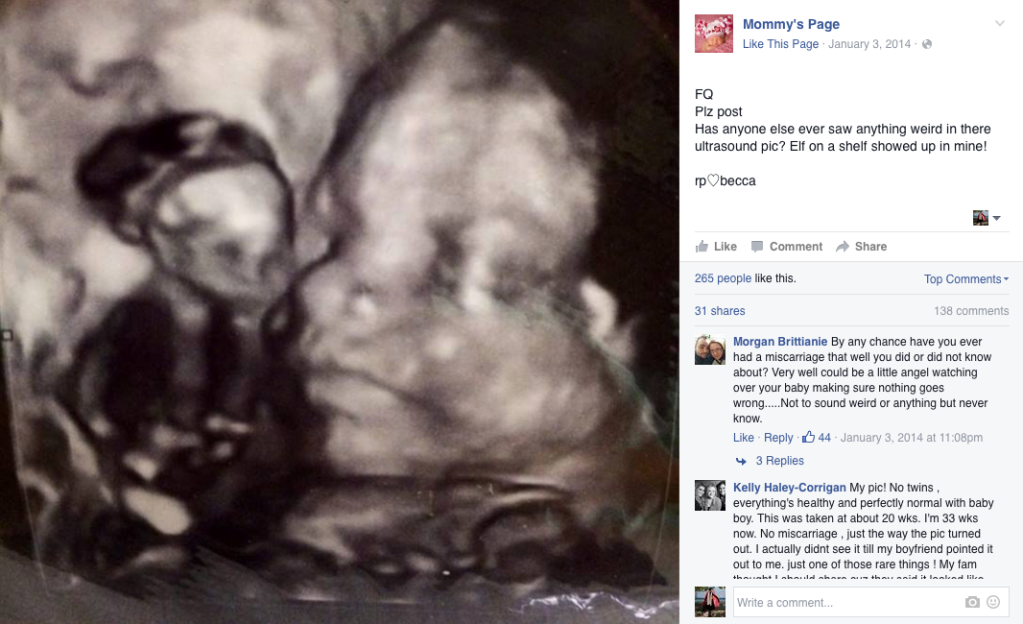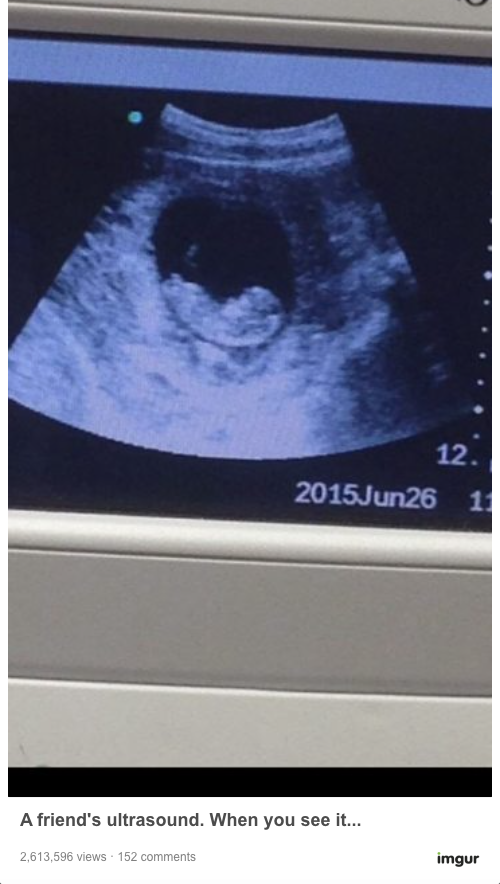Babies Can Hiccup in the Womb and It’s Kind of Adorable
Ugh, hiccups. Pretty much no one likes getting them. Many kids and adults alike agree that they can be the peskiest kind of annoyance. But did you know that babies who haven’t even been born yet can also develop them?
Yes, it’s not entirely uncommon for babies in the womb to get hiccups. But there’s something a little different about these cases. And the difference is that they are completely adorable. They might even change your mind about how you view hiccups in general. If you’re feeling skeptical, just take one look at this ultrasound footage of a baby caught hiccuping in Mama’s belly.
Try not to say “aww!”
What do baby hiccups in the womb feel like?
If you’re currently pregnant and wondering if you just felt your baby hiccup, the first thing you need to know is that baby hiccups are totally normal, so don’t fret! Baby hiccups actually feel very similar to a baby’s kick, says Marcelle Pick, an OB/GYN and Pediatric Nurse Practitioner and co-founder of the Women to Women Clinic in Yarmouth, Maine. To know whether it’s a kick or a hiccup, pay attention to the frequency. Babies will hiccup in a rhythm similar to adult hiccups, so if the taps are pretty evenly spaced out, they could be hiccups.
“It feels so strange, like your stomach is jumping,” says mom-of-two (and Managing Editor of WomansWorld.com) Debbie Strong. “It starts out feeling like a few little normal kicks, but then the kicks keep coming and coming. You can even watch your belly shake each time.”
What do baby hiccups mean?
When your baby hiccups in the womb, it’s simply a sign that he or she is developing properly. “One of the good things about hiccuping is that you have to have the reflexes present in order to have the diaphragm work effectively to have a hiccup,” Pick says. “So that in some ways is a reassuring sign that that part of the brain has developed normally.”
Want some more good news? Fetal hiccups require the brain to send a message to the muscles in the diaphragm telling them to move. Baby’s hiccups demonstrate that there are no hiccups (pun intended) between the brain and spinal cord.
Are baby hiccups dangerous?
For some women, their babies’ hiccuping episodes will become less frequent as their due date approaches. If, however, your baby starts hiccuping more than normal as the pregnancy progresses, visit your doctor as this could be a sign of umbilical cord issues.
“Generally speaking, [baby hiccups] are not a danger sign,” Pick says. Frequency of baby hiccups vary from person to person, so don’t freak out if one of your pregnant girl friend’s baby hiccups more or less than yours.
But let’s say you’re concerned about whether your little one is hiccuping too much. “If the hiccuping is going on all day, every day, that’s too much,” Pick says. “But generally you don’t see that happening very often.” If you’re still worried, your best bet is to consult your gynecologist or OBGYN.
What causes baby hiccups in utero?
For adults, hiccups can be caused by any number of things including eating too quickly and drinking too many carbonated beverages. For unborn babies, however, the causes of hiccups are a bit different. In general, experts aren’t 100-percent sure what causes fetal hiccups. In some cases, it could simply be that your baby is trying things out and learning new skills.
What is good for baby hiccups?
Though they’re completely normal, baby hiccups can be annoying — especially if you’re trying to nap! According to Pick there’s no fool-proof method to stopping your baby’s hiccups, but if you’re determined to try, she recommends listening to relaxing music, rubbing your stomach, or changing positions. Any new stimulus that causes Baby to switch gears may solve the annoyance of hiccups, at least for the time being.
To see more crazy ultrasounds, check out the snapshots below, which will definitely make you question if babies are the only ones inside those bellies!


